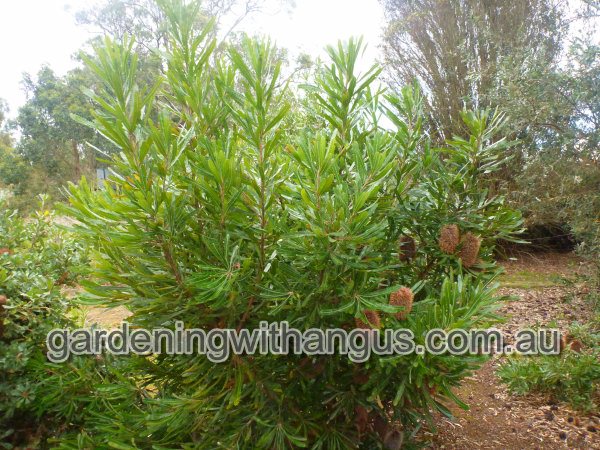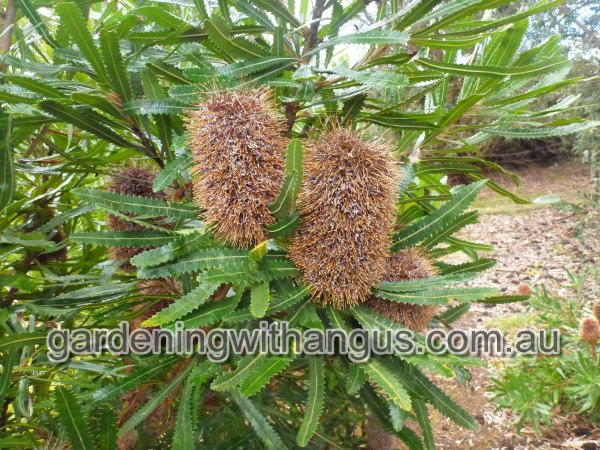Array
(
[0] => Array
(
[id] => 199
[is_published] => 1
[websiteID] => 5
[url] => /gardening/gymea-lilies.php
[page_status] => Published
[number_of_ads] => 5
[can_use_editor] => 1
[last_modified_date] => 2013-09-16 00:00:00
[last_modified_by] => Alan
[checked_for_duplicate_content] =>
[title] => Gymea Lilies - Doryanthes excelsa
[heading] => Gymea Lilies - Doryanthes excelsa
[meta_description] => Everything about the Gymea lily (Doryanthes excelsa) is larger than life. The bold foliage can reach over four metres in height and some majestic flower stems can reach over ten metres tall.
[article_category_1] => Gardening
[article_category_2] =>
[article_category_3] =>
[article_category_4] =>
[article_category_5] =>
[business_category_1] => Landscaper
[business_category_2] => Nursery
[business_category_3] => Garden Designer
[business_category_4] => Landscape Architect
[business_category_5] =>
[number_of_google_mrecs] =>
[show_google_ad_bottom_of_page] =>
[show_get_quotes_top_of_page] =>
[show_get_quotes_rhs_of_page] =>
[show_directory_search_widget] =>
[show_trending_content_widget] =>
[show_facebook_widget] =>
[show_further_reading_section] => 1
[show_sponsors_section] => 0
[show_top_article_ad] => 1
)
[1] => Array
(
[id] => 455
[is_published] => 1
[websiteID] => 5
[url] => /gardening/lawn-to-envy-in-6-easy-steps.php
[page_status] => Published
[number_of_ads] => 1
[can_use_editor] => 1
[last_modified_date] => 2013-09-16 00:00:00
[last_modified_by] => Alan
[checked_for_duplicate_content] =>
[title] => A lawn to envy in 6 easy steps
[heading] => A lawn to envy in 6 easy steps
[meta_description] => Six step lawn maintenance guide.
[article_category_1] => Gardening
[article_category_2] =>
[article_category_3] =>
[article_category_4] =>
[article_category_5] =>
[business_category_1] => Landscaper
[business_category_2] => Nursery
[business_category_3] => Garden Designer
[business_category_4] => Landscape Architect
[business_category_5] =>
[number_of_google_mrecs] =>
[show_google_ad_bottom_of_page] =>
[show_get_quotes_top_of_page] =>
[show_get_quotes_rhs_of_page] =>
[show_directory_search_widget] =>
[show_trending_content_widget] =>
[show_facebook_widget] =>
[show_further_reading_section] => 1
[show_sponsors_section] => 0
[show_top_article_ad] => 1
)
[2] => Array
(
[id] => 130
[is_published] => 1
[websiteID] => 5
[url] => /landscaping/diy-australian-landscaping.php
[page_status] => Published
[number_of_ads] => 4
[can_use_editor] => 1
[last_modified_date] => 2013-09-10 00:00:00
[last_modified_by] => Alan
[checked_for_duplicate_content] =>
[title] => DIY Australian landscaping
[heading] => DIY Australian landscaping
[meta_description] => Read this informative article and learn how to create a uniquely Australian landscape or garden.
[article_category_1] => Landscaping
[article_category_2] =>
[article_category_3] =>
[article_category_4] =>
[article_category_5] =>
[business_category_1] => Landscaper
[business_category_2] => Nursery
[business_category_3] => Garden Designer
[business_category_4] => Landscape Architect
[business_category_5] =>
[number_of_google_mrecs] => 0
[show_google_ad_bottom_of_page] => 1
[show_get_quotes_top_of_page] => 1
[show_get_quotes_rhs_of_page] => 1
[show_directory_search_widget] => 1
[show_trending_content_widget] => 1
[show_facebook_widget] => 1
[show_further_reading_section] => 1
[show_sponsors_section] => 0
[show_top_article_ad] => 1
)
[3] => Array
(
[id] => 9
[is_published] => 1
[websiteID] => 5
[url] => /landscaping/plants-for-your-garden.php
[page_status] => Published
[number_of_ads] => 2
[can_use_editor] => 1
[last_modified_date] => 2013-09-10 00:00:00
[last_modified_by] => Alan
[checked_for_duplicate_content] =>
[title] => Selecting plants for your garden
[heading] => Selecting plants for your garden
[meta_description] => This article describes how you can best select plants for your garden.
[article_category_1] => Landscaping
[article_category_2] =>
[article_category_3] =>
[article_category_4] =>
[article_category_5] =>
[business_category_1] => Landscaper
[business_category_2] => Nursery
[business_category_3] => Garden Designer
[business_category_4] => Landscape Architect
[business_category_5] =>
[number_of_google_mrecs] => 0
[show_google_ad_bottom_of_page] => 1
[show_get_quotes_top_of_page] => 1
[show_get_quotes_rhs_of_page] => 1
[show_directory_search_widget] => 1
[show_trending_content_widget] => 0
[show_facebook_widget] => 0
[show_further_reading_section] => 1
[show_sponsors_section] => 0
[show_top_article_ad] => 1
)
)
Plant description
Banksia aemula, the wallum banksia, is a small gnarled shrub with interested serrated foliage and large attractive flower heads. Use it as a feature shrub or as a pot plant for a large container. It is a very low maintenance shrub. Native to Queensland down to Sydney, on caostal sandy areas, it grows to around 8 metres. The flowers are abundant in nectar, so attract lots of wildlife to feed on it, especially birds. Flowers in spring and autumn.
Further reading: Growing Banksias (an article written by native plant expert Angus Stewart).
Additional plant information
Flowers
Flower colour: Greenish-yellow
Flowering season: summer autumn
Plant size
Maximum height: 8 metres
Minimum height: 3 metres
Maximum width: 2.5 metres
Minimum width: 1 metres
Sunlight, frost & salt tolerance
This plant will tolerate full sunlight.
Light frost tolerance.
Plant is salt tolerant.
Fauna attracting?
Yes. Attracts: Birds, insects, possums.
Climate
This plant species will grow in the following climates: temperate, subtropical.
Soil types & conditions
Loam: dry, well-drained.
Clay: dry, well-drained.
Sand: dry, moist, well-drained.
Soil pH: 5.5-6.5
Diseases
root rot
Miscellaneous information
Native to: Australia.
Planting season: All year.
Types of fertiliser: low phosphorus.
Find a nursery
Search for another plant


